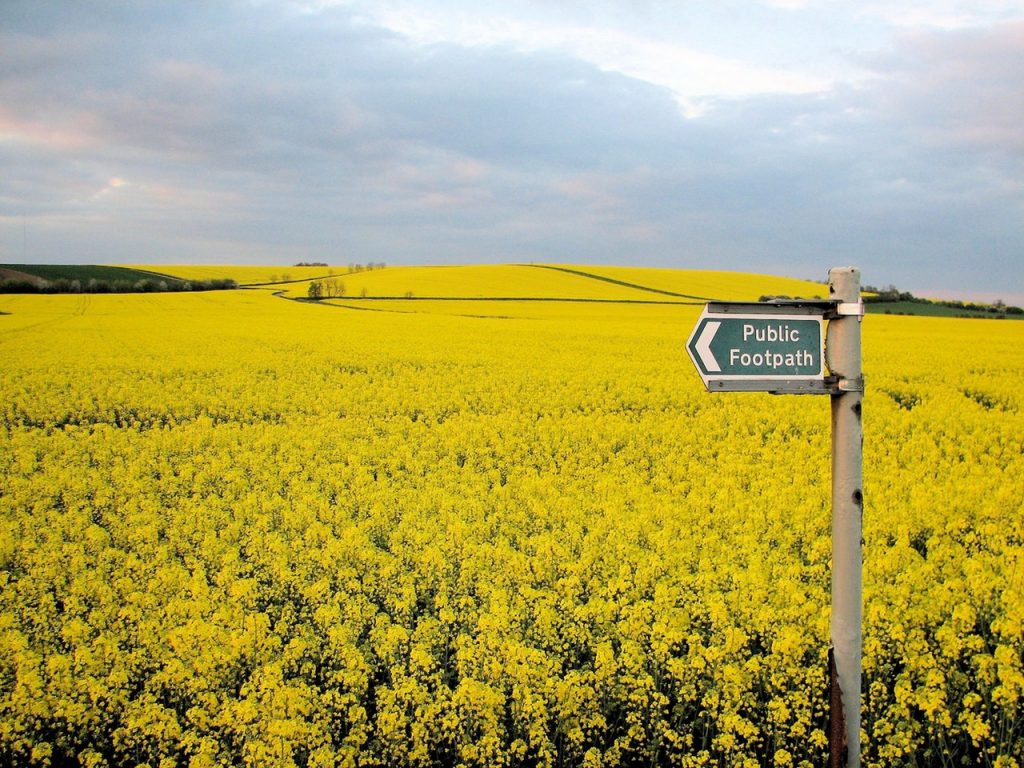
How warm weather impacts UK farmers
The heatwave of summer 2018 was enjoyed by people from all corners of the UK. In fact, according to the Met Office, it was the joint hottest on record, alongside 2006, 2003, and 1976. However, for some, it was too much to deal with the heat. In some areas of the world, the heat is loved and wanted but in the UK it is not our normal weather! It is a good thing that air conditioning units are available with companies like abrahamac.com/broward-county/ being utilized to help get one installed. Let’s just hope that next year is not as sweltering.
All four summers were shown to record an average temperature of 15.8⁰C from June-September, in records that were started in 1910. England had the best of it, recording a mean temperature of 17.2⁰C, and the hottest day of the year was recorded in Faversham, Kent,when it peaked at 35.3⁰C.
Trips to the beach and barbecues were scheduled in every weekend, and many people took up residence in beer gardens to watch the FIFA World Cup. As England reached the last four in the competition, Tesco anticipated burger sales for the week of the game to hit four million items, with more than 50 million bottles and cans expected to be consumed as well.
While the hot weather is a guaranteed way to lift our spirits, how does it impact our wider lives? We join Sutton Seeds, suppliers of high quality gardening gifts, take a look at some examples here:
Lavender farmers
In the right conditions, the Mediterranean plant can populate in areas such as Kent and the Cotswolds, a relative distance away from where it is usually found in the Provence region of France. Lavender needs warm weather to thrive, meaning it can often be tough for Britain to produce their best crop. Typically, the blooming season for lavender in Britain lasts three-to-four weeks between June and July, but the extended sunshine allows for a prolonged season.
Potatoes
Potato crops took a plunge during the heatwave, as yield and overall quality did not fare well in the extreme sunshine. The best time to seed potatoes is as soon as the ground is able to be worked on in the early spring. The best conditions for growth are in moist soil, but not waterlogged. However, the dryness can cause crops to fail.
An estimate by the North-Western European Potato Growers (NEPG) association suggested that the 2018 summer would have caused the crop to fall eight per cent below the five-year average in the Netherlands, France, Germany, Belgium and the UK. The British potato area was three per cent smaller in 2018 compared to 2017, which made it the third lowest area on record. Not only this, but there were quality issues noticeable with secondary growth, as well as sprouting in furrows.
Peas
Pea plants are another crop which deteriorate rapidly in the wrong kind of conditions, and during heatwaves they tend to die before they have reached maturity due to an overly warm climate. According to the British Edible Pulses Association, the most widely affected varieties are marrowfat and split green peas.
A potential pea shortage could have gripped the UK last year as crops struggled to source enough water in the sunshine. This had led some to consider the Controlled Environment Sustainable Foods growing options to help mitigate this in the future. However, hot weather won’t just have adverse effects on the pea industry. Longer sunshine hours were credited with boosting the overall quality of garden peas and petit pois, despite there being fewer grown.
Wildlife
Of course, we must consider the effect of hot weather on animals too. Caterpillars, for example see their numbers plummet during sustained high temperatures. This is because the plants they need to survive wilt, meaning they struggle to pupate so they can see through the winter months.
The University of York produced some in-depth research using 1976’s extreme summer as a base point. It found that due to the heat and a sustained drought, caterpillar numbers dwindled, with at least 50 different species yet to recover. Badgers and hedgehogs also suffer in hotter conditions, as the harder dry ground makes it difficult to dig up worms, while worms burrow deeper in an attempt to find moisture.
Some animals can go unaffected by the hot weather though. With the hot weather making ants a lot more active, the likes of the green woodpecker can flourish thanks to the ant being its primary food source.
Agriculture and Global Warming
The agriculture industry is joining in with nationwide initiatives, to help meet the governments target of reding greenhouse gas emissions by at least 80 per cent by 2050. Amidst a growing population and increased food demand, the meat industry has become notably more efficient in recent years, and it is currently 2.5 times more efficient in capping carbon emissions than the global average rate.
In the future, hot weather could prompt some serious market changes with the possibility for food prices to reach unprecedented extremes. The 2018 heatwave brought a taster of what we could be expecting, as a mixture of droughts and scorching temperatures left many crops depleted. The government is working hard to prevent these adverse conditions from becoming commonplace, but the agriculture industry also needs to build upon its current progress to meet more environmentally friendly practice standards.
It’s no surprise that we enjoy sunny days in the Summer as much as we do here in the UK, as we tend to endure colder, drearier climates throughout the rest of the year. So much so, many of us book our holidays to bask in the sun. However, it’s certainly something that can be ‘too much of a good thing’ for certain people and industries. As Britain deals with more frosty weather, what will summer 2019 bring?
